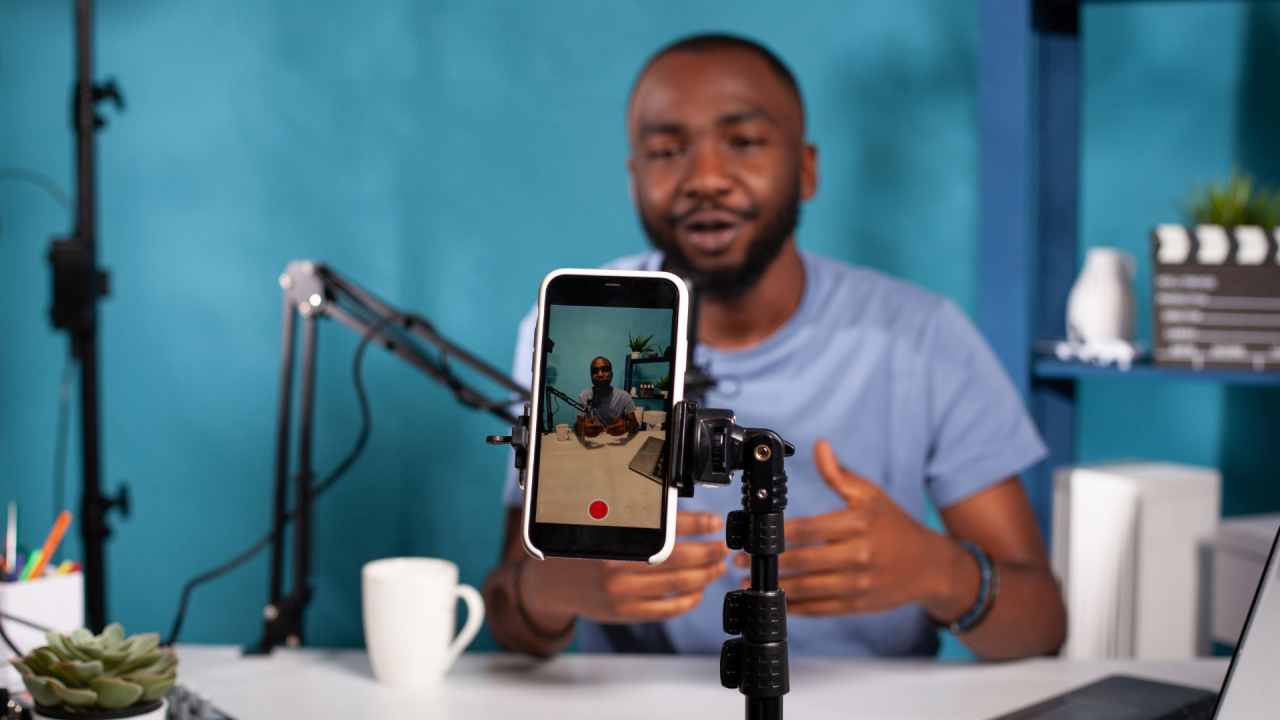When digital marketing trends are discussed anywhere, artificial intelligence (AI), mobile-first strategies, and influencer marketing quickly come to mind.
While these are indeed crucial trends shaping the industry (as discussed in detail in a recent article published [here]), there are other highly practical trends African SMEs can also tap into to thrive and grow.
We’ve seen these strategies deliver results across Asian markets such as China and India, and believe African small and medium-sized enterprises can learn from them to scale their businesses effectively. Let’s explore these key trends below.
- Mastering E-commerce and Social Commerce
Knowledge plays a central role in optimizing digital marketing. In a recent conversation with Kehinde Ruth Onasoga, CEO of Pandora Agency Limited, she noted that the lack of knowledge and patience to learn is one of the main challenges facing African markets.
Just like Asian SMEs, African businesses can master e-commerce and social commerce to boost sales and visibility.
In Asia, platforms like Shopee, Lazada, and WeChat Mini Programs are integrated with social platforms such as TikTok Shop and WhatsApp Business to create seamless shopping experiences.
African SMEs can replicate this success through local marketplaces like Jumia, Konga, and direct selling via WhatsApp, Facebook Marketplace, and Instagram Shops.
- Hyperlocal Marketing with Digital Tools
This is another trend African SMEs can leverage to grow efficiently. Many Asian businesses use AI-powered geo-targeted marketing through Google My Business, Baidu Maps, and local SEO to reach nearby customers.
African SMEs can do the same by optimizing their Google My Business listings, running Facebook and Instagram ads targeting local audiences, and engaging with WhatsApp and Telegram community groups.
While SEO remains useful, targeting localized platforms where buyers spend most of their time often produces better results.
- Live Streaming and Video Commerce
China’s success with TikTok Live and Shopee Live shows how powerful live selling can be. These real-time product demonstrations generate instant sales and foster trust.
African SMEs in fashion, beauty, crafts, and retail tech can experiment with live selling via TikTok, Instagram Live, or Facebook to increase engagement and drive conversations.
Promoting these live sessions beforehand is key. Partnering with other brands for collaborative live events can also amplify reach and visibility.
- Mobile-First Approach and Super Apps
Asian SMEs excel because of their mobile-first mindset. In countries like China, India, and Indonesia, super apps such as Grab, Gojek, and WeChat integrate e-commerce, payments, ride-hailing, and delivery in one platform.
African SMEs can follow suit by leveraging mobile-friendly e-commerce platforms like Flutterwave Store and Paystack Storefront.
They should actively promote and use these platforms, as self-promotion is vital for visibility. Using WhatsApp Business for marketing, customer support, and direct sales can also significantly improve customer engagement and transactions.
Investing in mobile-optimized websites and apps tailored for African consumers will enhance user experience and drive conversions.
- AI and Chatbots for Customer Engagement
AI-driven chatbots are transforming customer engagement in Asia. Many SMEs use AI chatbots on WhatsApp, WeChat, and Facebook Messenger to handle queries, process orders, and offer 24/7 personalized recommendations.
African SMEs can adopt similar strategies through tools like Chatfuel, Tidio, or Facebook Messenger bots.
Additionally, voice search optimization is becoming essential—especially in regions where digital literacy varies and users rely on voice-based interactions.
- Micro and Nano Influencer Marketing
Asian SMEs have mastered the art of micro- and nano-influencer marketing, collaborating with small but highly engaged content creators to drive conversions.
African SMEs can also work with local micro-influencers (1,000–10,000 followers) on Instagram, TikTok, and X (Twitter). This approach suits fashion brands, food businesses, fitness coaches, and online training companies targeting niche communities.
Brands like Nuban Beauty and Roving Heights have already benefited from such collaborations, gaining credibility and improving sales.
- Data-Driven Marketing and Automation
Most Asian SMEs make data-driven decisions using analytics tools such as Google Analytics, Facebook Pixel, and AI-based CRMs.
They analyze customer behavior, automate retargeting campaigns, and personalize email sequences for stronger engagement.
African SMEs can do the same by leveraging HubSpot, Zoho, or ActiveCampaign to track customer interactions, run personalized email campaigns, and retarget social media ads for better conversion rates.
- Community-Based Digital Branding
Asian SMEs focus heavily on community-based marketing, engaging deeply with their audience through localized content and community-focused campaigns.
For example, Shopee’s interactive features allow sellers to connect directly with their audience. African SMEs can replicate this by building online communities via WhatsApp, Facebook Groups, and Telegram, providing value before promoting their products.
Encouraging user-generated content, hosting Q&A sessions, and using polls or interactive challenges are great ways to keep the audience engaged and loyal.
- Cross-Border Expansion Through Digital Channels
Asian SMEs rarely limit themselves to local markets. They leverage platforms like Alibaba and TikTok Shop to reach global customers.
African SMEs can follow this example by selling through Jumia Global, Amazon African marketplaces, or targeting the African diaspora with paid social ads.
Small businesses in fashion, beauty, and handicrafts can use these platforms to reach global audiences and scale beyond borders.
By embracing these innovative digital marketing trends, African SMEs can close the digital gap, strengthen their online presence, and expand their businesses internationally.
If you own an SME, which of these strategies would you like to try first? Let’s explore how to implement them effectively for your brand.
Source: Pandora





